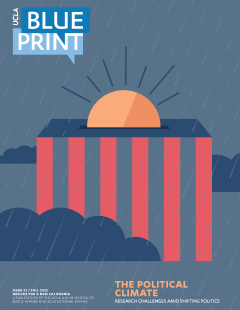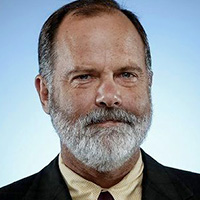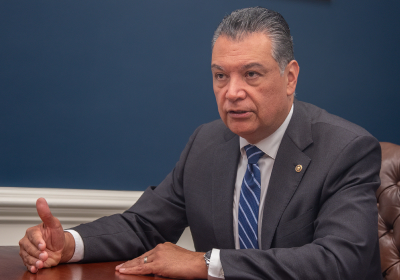There are many ways of considering the relationship between research and public policy, but two of them stand at opposite poles.
In the first, policy makers consult research and consider what its implications are for the larger society. If research shows, for instance, that smoking causes cancer, not only in those who smoke but also in those exposed to secondhand smoke, then what policies might help reduce cancer? Warning labels on cigarette packages might alert consumers to the dangers, and limiting smoking in public places might reduce the secondary effects. Banning the sale of cigarettes might dramatically reduce smoking but also might drive sales into the black market, an unintended consequence of a well-intentioned effort.
Those solutions might not be perfect, but they are driven by an attempt to make the best use of research in a way that builds from its findings.
In the second method, a policy maker starts with a conclusion: Smokers should be protected from government interference. For that lawmaker, research serves not to illuminate a problem but to confirm a conclusion. This person might then turn to tobacco companies to fund research with the goal of supporting the right of smokers to feed their habit.
Note that the first approach is one of intellectual inquiry; the second is of political expedience. They both present themselves as a fusion of research and policy, but one is genuine, the other cynical.
Neither is new. In 1994, the chief executives of American tobacco companies testified before Congress that nicotine was not addictive. Tobacco company “research” supported that finding. One presumes that research in the Middle Ages also supported the view that the earth was flat.
And so today, the battle over research and policy continues. Nowhere is this more evident than in the field of climate change.
Some facts are not in dispute: The earth’s temperature is steadily rising. Every area on the planet has seen temperatures rise since 1990. Last year was the warmest year recorded since measurements began in 1850, and it was so “by a wide margin,” according to the National Oceanographic and Atmospheric Administration. Weather anomalies are increasing, with more frequent and powerful hurricanes in some areas, more prolonged droughts in others.
Californians hardly need convincing: We are living with the long recovery from this year’s fires, a tragically predictable consequence of dry conditions around Los Angeles and powerful winds that fanned flames in Altadena, the Pacific Palisades and Malibu.
Moreover, the scientific consensus on the cause of this warming also is beyond rational dispute. Yes, some climate change is cyclical, but the effect of humans, in the form of greenhouse gas emissions, is undeniable, except by those committed to denying reality. Carbon dioxide and other greenhouse gases are trapping heat in Earth’s atmosphere and raising its temperature.
The cynical policy maker — the one whose goal is to spur fossil fuel production or to shield constituents from life changes that might help reduce future warming — might choose to contest or ignore those facts. The responsible one will inquire about what these facts mean for society and will attempt to respond. For that policy maker, the research featured in this issue of Blueprint will provide food for thought — how to protect rainforests, encourage biking, even how to recapture American leadership on the issue.
For the expedient politician, the one who chooses to deny these realities because they are too difficult or do not serve their purposes, one can only hope that reason or emergency eventually makes its mark.
























